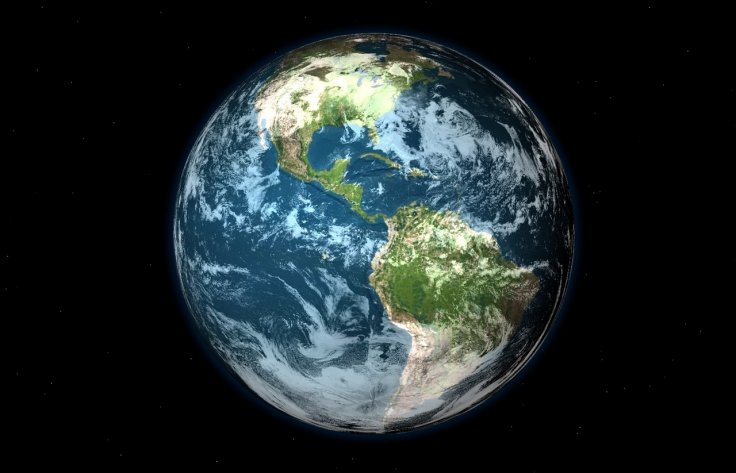
A new study conducted by a team of researchers has discovered vast structures beneath the surface of the earth. Scientists found these unknown structures at a depth of 2,900 kilometers beneath the surface of the earth, and it is near the boundary of molten core and solid mantle. The new discovery is considered a breakthrough finding, as it will help scientists to develop a newly updated map showing the interior of the earth.
More Details of These Mysterious Structures
Scientists who took part in the research made this discovery after analyzing more than 7,000 earthquake records. This data includes information on major earthquakes that were recorded in the Pacific region from 1990 to 2018. The research revealed that unknown structures were found beneath the volcanic Marquesas Islands in the South Pacific. Scientists also noted that another structure located below Hawaii was much larger than previously thought.
"By looking at thousands of core-mantle boundary echoes at once, instead of focusing on a few at a time, as is usually done, we have gotten a totally new perspective. This is showing us that the core-mantle boundary region has lots of structures that can produce these echoes, and that was something we didn't realize before because we only had a narrow view," said Doyeon Kim, a seismologist and visiting scientist at Cornell University who led the research.
Interestingly, the Hawaiian structure was previously mapped out in several previous studies, but Kim and his team analyzed deep and found that these structures are much larger than expected.
Application of Algorithms to Unravel Mysteries of Earth
The new finding indicates that algorithms like Sequencer which was used for the current study can be used effectively to unravel the mysteries of nature. These algorithms make use of unsupervised learning, and it can be used in various areas that include astronomy, seismology, and countless other scientific fields.
Unlike supervised learning, unsupervised learning is designed to find insights in unlabelled datasets, and thus it will help to discover more startling discoveries in the future, said the sceintists.
"When you use a sequencer, what it actually does is find additional information hidden behind this dataset. So, what we did here is find an optimal arrangement in the dataset itself. We're not actually altering the dataset; we're not doing anything but just rearranging and finding this optimal arrangement. That's what Sequencer does," Kim told Vice.com.









